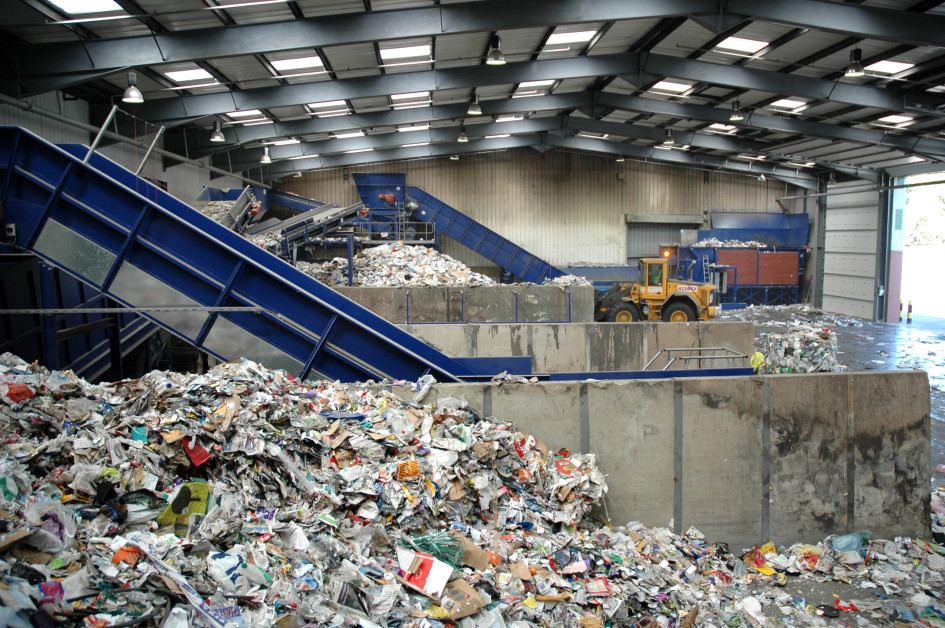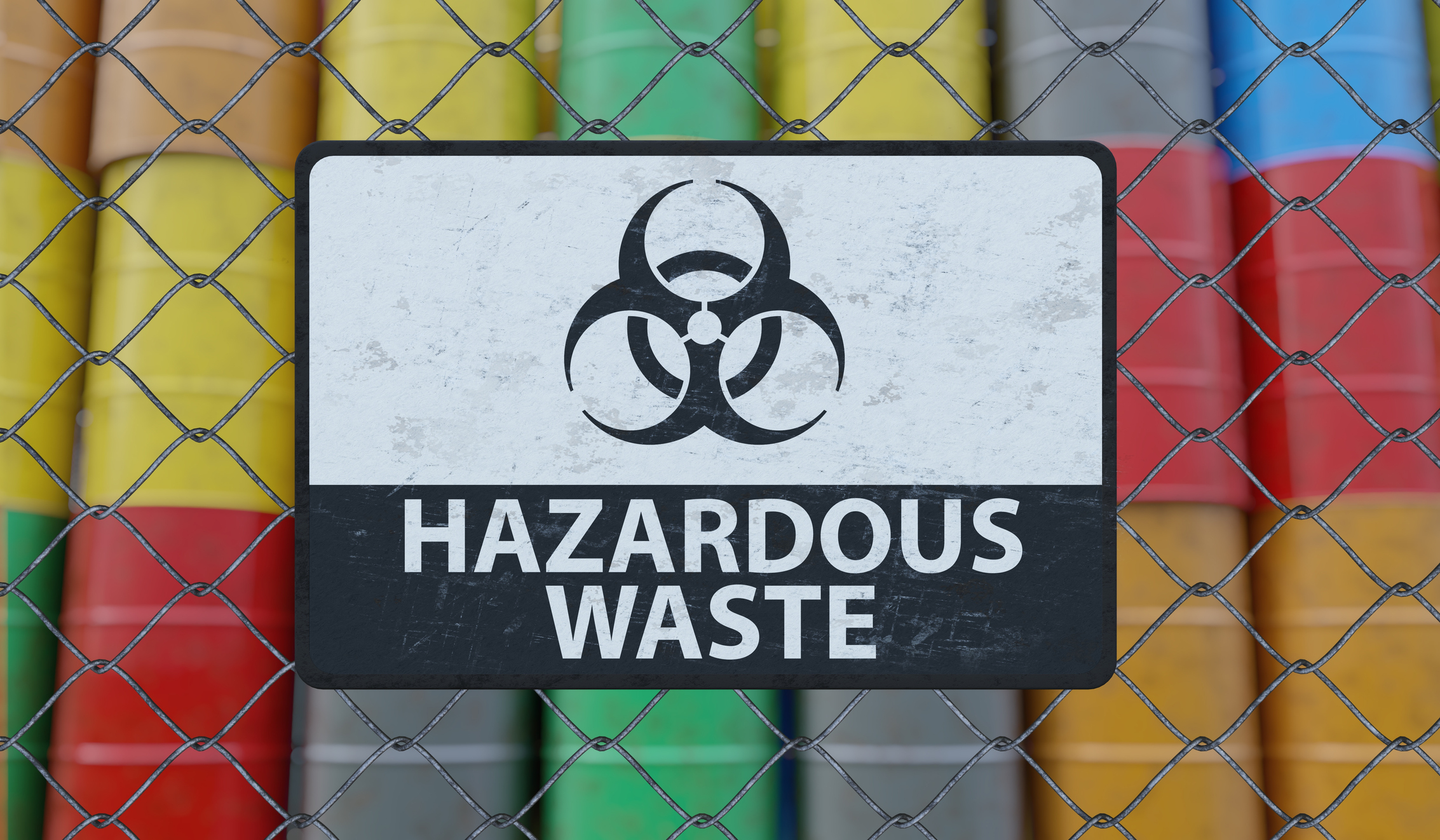Since the dawn of industrialization, waste management has emerged as a major concern around the globe.
There is a pressing need to train motivate and inspire waste management in order to combat the effects of climate change and minimise the harmful effects that waste has on our environs.
Calculate how much waste you generate on a daily basis.
Start your waste management program by keeping track of how much waste your household, business, or project consistently produces. Scraps, water waste, toxic excrement, natural elements, and energy wastes can all be sorted into different categories. You should also remember to record the waste generated by the excavation and construction teams if you are undertaking a restoration project.
Make sure to keep an eye on all aspects of waste production, as each situation has its own set of parameters. Managing your company’s waste means taking into account the quantity of trash each employee generates, which includes both material waste materials and energy wastes.
Determine how much waste you have and then break it down into recyclables, reusable materials, and trash. Flyers, bottles, clothing, paper, and plaster are all examples of recyclable waste.
Discarded items from the kitchen and the workplace such as cleaning products and bulbs are examples of refuse. Regulating usage and choosing more durable and long-lasting products, such as LED lighting, can help reduce the amount of garbage in our landfills.
To sum it all up, reusable disposal is anything that can be reused for a long time, like partially paper sheet, jars and boxes for deliveries, and paper bags.

Set Up A Plan Of Action
After sorting and determining the quantity of trash to be deleted, you need a specific specific plan for each type of waste. Avoiding waste buildup and production is often more cost-effective than dealing with large amounts of waste each month. Preventing waste and reducing greenhouse gas emissions is good for the environment as well as good for your wallet.
Additionally, to reduce water waste, ensure that all groundwater resources are used when necessary and that all leaks are repaired. Choose water-saving and energy-saving appliances like washing machines, refrigerators, and dishwashers.
It’s not difficult to recycle. Only a genuine love of nature will do. Make sure to separate your recyclables into separate bags and know the pickup schedule for your neighborhood’s recyclable waste.
Finally, making a plan for your garbage disposal is a good idea. After following all the new rules for recycling and reusing, it’s time to get rid of the trash you’ve accumulated.
To begin, make a list of the methods you intend to use to discard of your waste, including estimating costs, selecting waste removal companies, and deciding on the types of vehicles each one will use based on the volume of waste you have. To avoid hitting a snag in your waste disposal efforts due to a lack of clear waste classification, consult environmental experts for advice.
The next step is to set attainable objectives for your waste reduction efforts. Setting goals for your waste management strategy will help you achieve your objectives.
Although waste management requires considerable planning, time, and effort, following these guidelines will help you develop a clear strategy for increasing your waste disposal efforts and streamlining the process as much as possible.


